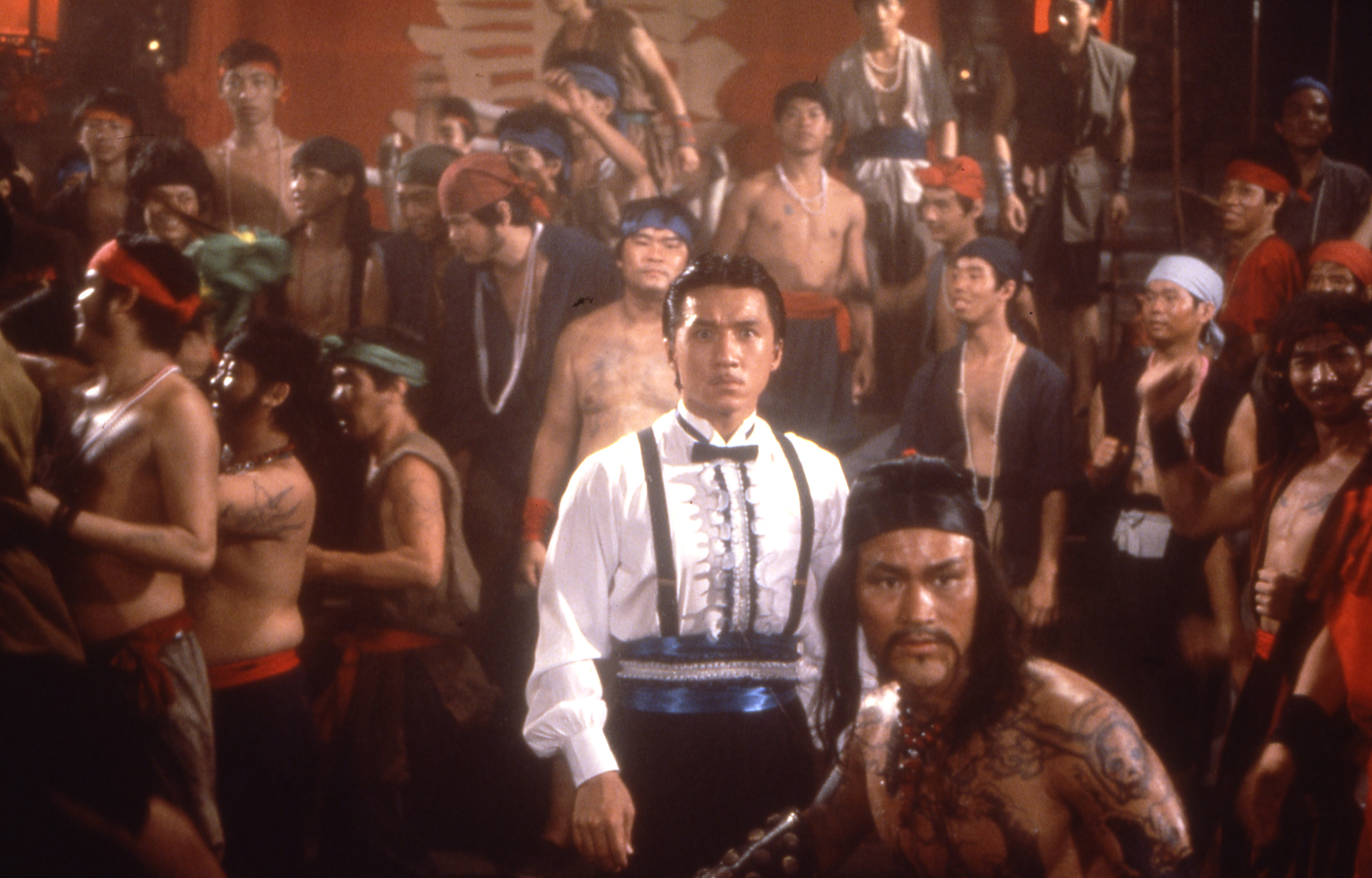
Swiss return Afghan artefacts to Kabul
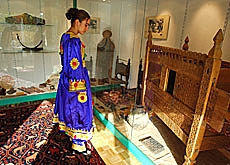
A Swiss museum has returned nearly 1,500 artefacts to Afghanistan after they were sent into exile to save them from destruction during the country's conflicts.
The ethnographic and archaeological objects were given by private donors and have been stored at the Afghanistan Museum-in-Exile in Bubendorf, in northwest Switzerland, since 1999.
A shipping container holding the collection – which includes textiles, furniture, water pipes and original documents and artworks – arrived on Friday in Kabul and was opened at the National Museum on Saturday.
“I’m more than happy that they are going home as this was the intention from the beginning to provide only a temporary safe deposit,” said Paul Bucherer, director of the museum in Bubendorf, which closed in October.
“I feel released from this duty to hand over all these 1,423 objects back,” he said in Kabul on Saturday.
Bucherer and Afghan officials ceremoniously unlocked the container, weighing eight to ten tonnes, outside the National Museum entrance, and one of the crates inside was carried up to a second-floor display case where Bucherer delicately pulled out artefacts.
The first of the returned items to be placed in the museum included a small Buddha statue from Bamiyan, where the Islamic Taliban destroyed two enormous 6th-century Buddha statues in 2001 to international outcry.
Another piece was a foundation stone of the northern Afghan city of Ai-Khanum, founded by Alexander the Great 2,300 years ago.
Rare agreement
Kabul is now considered safe enough for the objects to be handed back, said Laurent Levi-Strauss, who heads Unesco’s cultural property and museums section.
“Last summer, we received the request from the Afghan authorities. After consultation with the UN in Kabul, we decided that it would be possible to authorise the return,” said Levi-Strauss.
The National Museum of Afghanistan, founded in 1930, was looted and vandalised under the Taliban regime but was able to reopen to the public again in October 2004 with support from the UN cultural agency, Unesco.
Piece by piece, the cherished objects from Afghanistan were assembled in Switzerland in a rare agreement among Afghans after nearly 20 years of fighting against Soviet occupation and then each other.
In 1998, when Afghans realised that most of their national heritage had been destroyed, they asked Switzerland to take what remained, said Bucherer.
“It was a joint request from the Taliban and the Northern Alliance, two of the major fighting forces at the time,” said Bucherer, an expert in Afghan history and culture who has often visited the country and had high-level contact with both sides.
Smuggled out
But getting the treasure out of Afghanistan was extremely difficult.
A cargo flight that would have brought thousands of artefacts to Switzerland in 2000 had to be cancelled because of problems in obtaining international legal authorisation to export the objects, Bucherer said.
In fighting the following January, the collection was destroyed, he said.
But individuals had already started bringing items to the Swiss museum: Afghans on trips to Europe and Europeans who had collected artefacts while living in Afghanistan in more peaceful times.
The first objects were brought “by Taliban and other Afghans carried in their hand-luggage in 1999”, Bucherer said.
Some had been illegally excavated, “but we didn’t want to ask questions,” he said. “Anyone who brought something was welcome.”
The collection will be presented to the public at the beginning of April.
swissinfo with agencies
The final event at the Museum of Afghanistan in Exile took place on October 14, 2006. The museum received an estimated 50,000 visitors since opening in 2000.
Paul Bucherer also runs the Afghan Institute which researches Afghan history, culture and politics. His will continue working there.
He is also involved in a Swiss project to reconstruct the Bamiyan Buddha statues destroyed by Islamic militants in 2001 for being non-Islamic. A model of one reconstruction is in the museum.
Bucherer said the return of the Afghan collection was the biggest repatriation of cultural heritage since the 1939 return of the most important works to Madrid’s Prado museum from Geneva following the Spanish Civil War.
Many of the artefacts are thousands of years old, ranging from the only known item touched by Alexander the Great to a 2,300-year-old shower spout and everyday yak hair fly swats.
The overthrow of the Afghan King Zahir Shah in 1973 has led to decades of unrest in the country. Soviet troops invaded Afghanistan but withdrew in 1989.
Afghan factions have since been fighting for control. The hardline Taliban emerged in 1994 and took over most of Afghanistan. It angered the international community by letting al-Qaeda leader Osama Bin Laden live there.
After the attacks on the United States on September 11, 2001, the Taliban refused to hand over Bin Laden, paving the way for a new international conflict.
The Taliban administration fell in 2001, but adherents have regrouped, particularly in the south and east. A fledgling democratic government has been installed and is trying to forge national unity.

In compliance with the JTI standards
More: SWI swissinfo.ch certified by the Journalism Trust Initiative


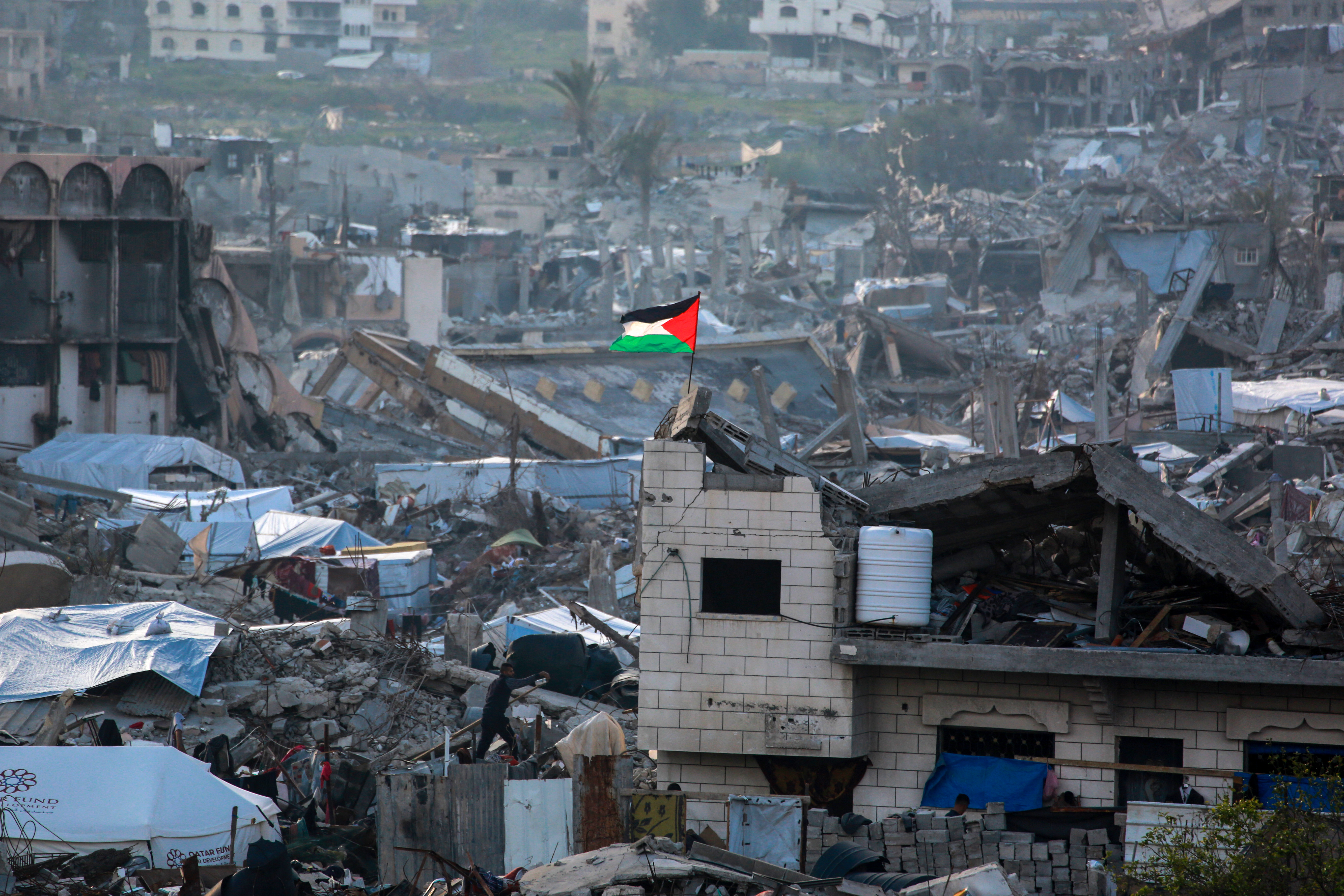


























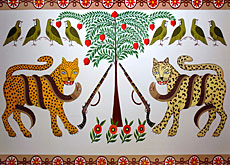
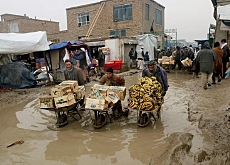

You can find an overview of ongoing debates with our journalists here . Please join us!
If you want to start a conversation about a topic raised in this article or want to report factual errors, email us at english@swissinfo.ch.